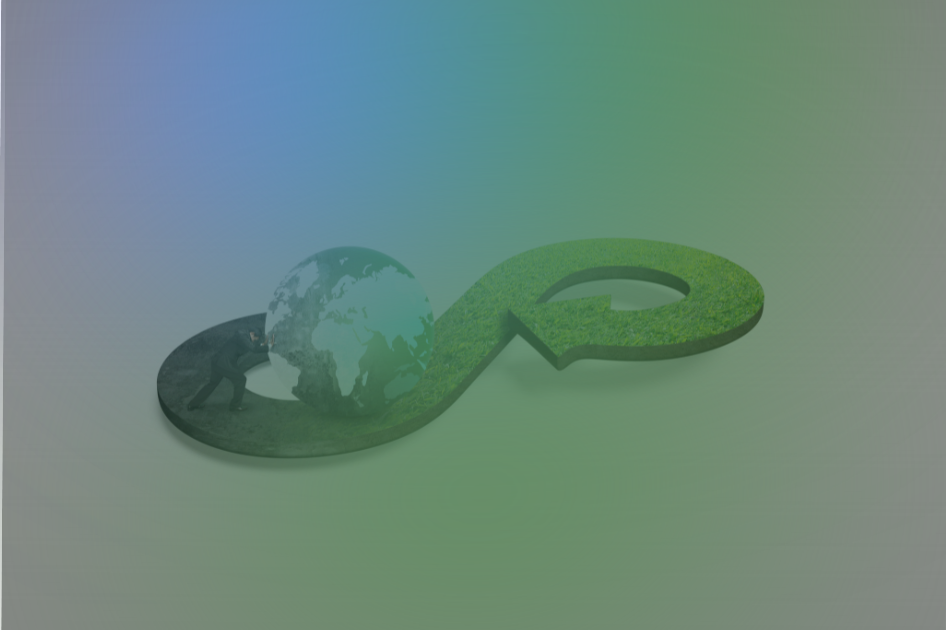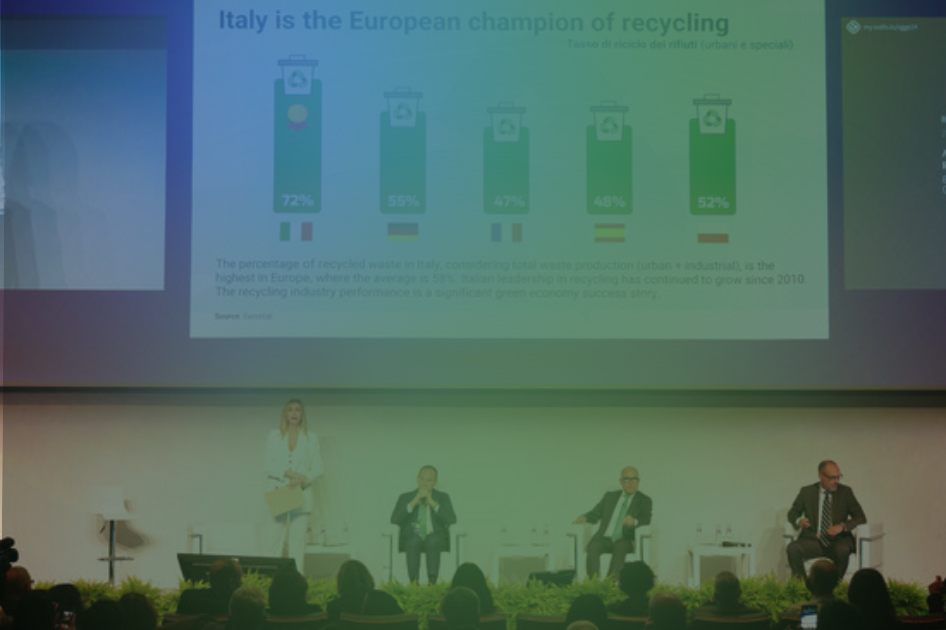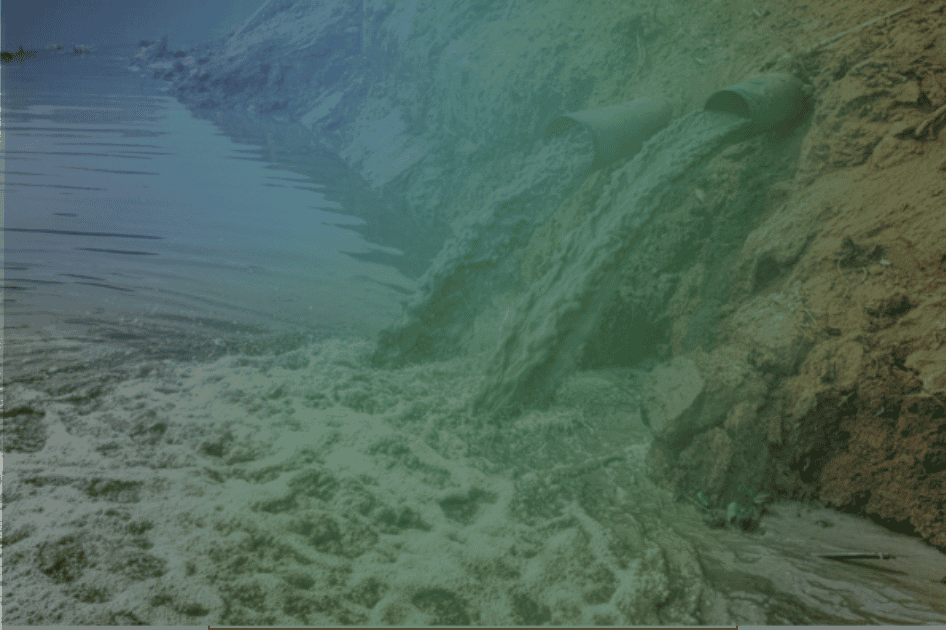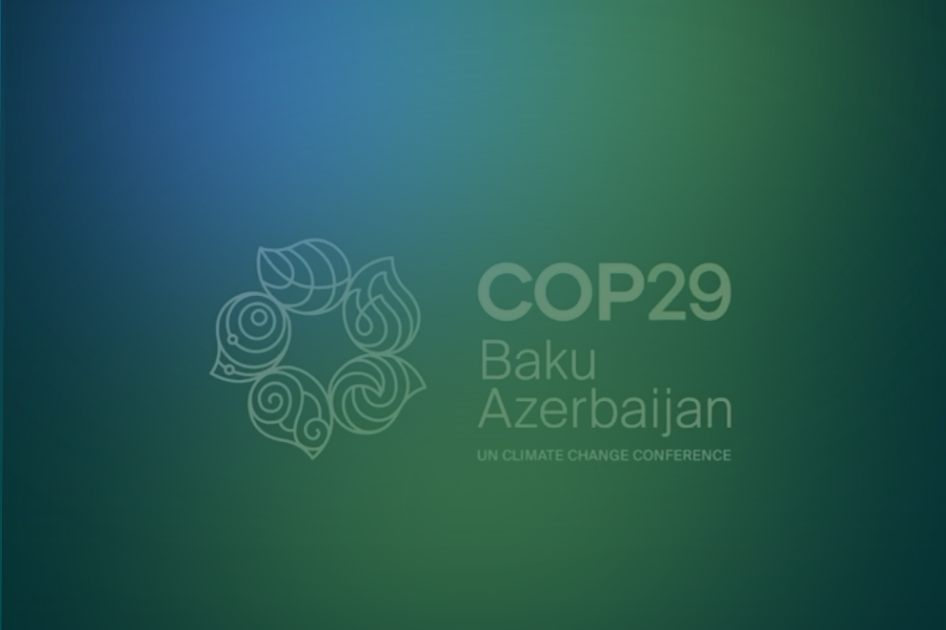The World Meteorological Organization (WMO), in partnership with UNESCO, has declared 2025 the International Year of Glaciers’ Preservation. An important initiative grounded in the growing awareness that glaciers are not only awe-inspiring natural structures, but vital systems for the climate, hydrological, and ecological balance of our planet. The goal is to raise public awareness, spur political action, and mobilise resources to protect these ecosystems, now more vulnerable than ever.
Glaciers are the sentinels of the climate: their increasingly rapid melting is an unmistakable signal of ongoing climate change. They do not speak, but they warn us, and now they are almost shouting, that action on climate must be stepped up and strengthened. Their retreat leaves deep scars on the Earth’s surface, alters landscapes, redefines access to resources, and affects entire sectors of the economy.

A global, systemic challenge
Addressing the disappearance of glaciers is not a local or seasonal issue: it is a global, systemic challenge. Understanding how to act starts with a fundamental awareness: the world we live in is deeply interconnected, and preserving glaciers ultimately means preserving the climate as it has been until now. This requires action on two fronts: on one side, reducing emissions and limiting temperature rise; on the other, developing practical local adaptation strategies that can respond effectively to the changes already taking place.
According to the climate scenarios outlined by the IPCC in its Special Report on the Ocean and Cryosphere, snow cover, glaciers, and permafrost will continue to decline throughout the 21st century in nearly all regions of the world. In low-altitude areas, where glaciers are smaller — such as the European Alps — a near-total disappearance is expected by 2100. Those most affected will be the communities that depend on them: those relying on winter tourism, those who use water from glacial rivers to irrigate their fields or produce energy, and those located along political borders where access to water could become a source of tension and conflict.
- You may also be interested in: Desalination in North Africa and the Middle East
A European Manifesto for the Governance of Glaciers and Connected Resources
To respond to this situation, and as part of the International Year of Glaciers’ Preservation, CAI (Italian Alpine Club), the Italian Glaciological Committee, CIPRA Italy and other partners, together with a network of over sixty signatories, including NGOs, research institutions and local entities, have launched the European Manifesto for the Governance of Glaciers and Connected Resources. This shared document calls for coordinated action to secure a future for glaciers and for the communities that depend on them The manifesto recognises the reduction of greenhouse gas emissions and adaptation to climate change as essential. However, it also goes further, raising crucial questions: how will mountain hydrology change? What will water availability look like downstream? How will changes in the cryosphere affect the frequency and intensity of extreme events? And what actions and policies will be needed to respond to these challenges, both in the short term and over the long run? In practice, it is a manifesto centred on the future of the mountains and the people who live there.
A place to preserve, but also to plan for
These questions were addressed by Vanda Bonardo, President of CIPRA Italy and one of the driving forces behind the Manifesto, who emphasised the urgent need to radically rethink how we plan new infrastructure and improve resource management, the ability of mountain areas to retain water through proper management of forests, groundwater and soil use, while countering growing anthropisation that risks compromising the fragile resilience of Alpine and pre-Alpine areas. According to Bonardo, <<due to climate change, the mountains will become increasingly attractive. But without a careful and integrated approach, we risk encouraging infrastructure processes that will further damage the ecological balance. We need to rethink the mountain not only as a place to be preserved, but also to be strategically planned, with sustainable management of key resources like water, air, biodiversity, and the peri- and pro-glacial zones, that is, those areas glaciers are progressively abandoning, which are now unstable and vulnerable. Careful land management is essential, first and foremost to prevent the risks associated with more frequent extreme weather events, but also those linked to the melting of glaciers and permafrost, which are making mountain slopes even more unstable and fragile.>>
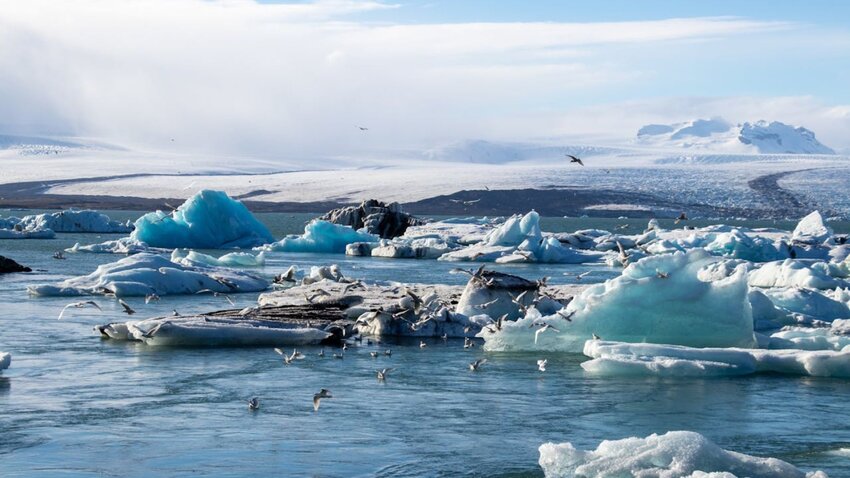
The role of politics and international cooperation
And while the management of these territories is often entrusted to politics, it is politics itself that has unfortunately been largely absent during this International Year of Glaciers’ Preservation — despite the clear reality that climate change knows no borders and represents a global challenge. There is also growing concern over the diminishing attention paid to international climate agreements, worsened by the crossing of the critical +1.5°C threshold and by political signals such as the United States’ withdrawal from the Paris Agreement. In light of these scenarios, it is essential to strengthen multilateral commitments and international cooperation mechanisms to tackle the climate crisis, and therefore glacier melting, in an effective and coordinated manner.
We need a new policy for the mountains
<<We must first decarbonise the economy,>> Bonardo continued, <<and rethink a system of management that starts from the territories. In Italy, it would be crucial to reorganise institutions and re-establish mountain communities, which have now almost disappeared, because a single municipality does not have the resources or skills needed to manage such complex territories. This is where a new policy for mountain areas should start, capable of serious planning, providing adaptation tools, and reducing risks for homes, businesses, and tourism. Only in this way will it be possible to develop effective research and monitoring programmes, which are now becoming increasingly necessary. Constantly monitoring the evolution of the cryosphere must become a priority, not only for the scientific community, but also for those who govern these areas, to plan appropriate actions and respond effectively to risks that, from now on, will only increase.>>
- You may also be interested in: How satellite monitoring improves water network management?
Article written by Valeria Pagani
This blog is a joint project by Ecomondo and Renewable Matter
Credits:
- Photo by Gabriel Kuettel: https://www.pexels.com/it-it/foto/birds-on-ice-bergs-3147058/
- Photo by Ákos Helgert: https://www.pexels.com/it-it/foto/natura-acqua-ghiaccio-scenico-8904578/
PUBLICATION
21/08/2025


